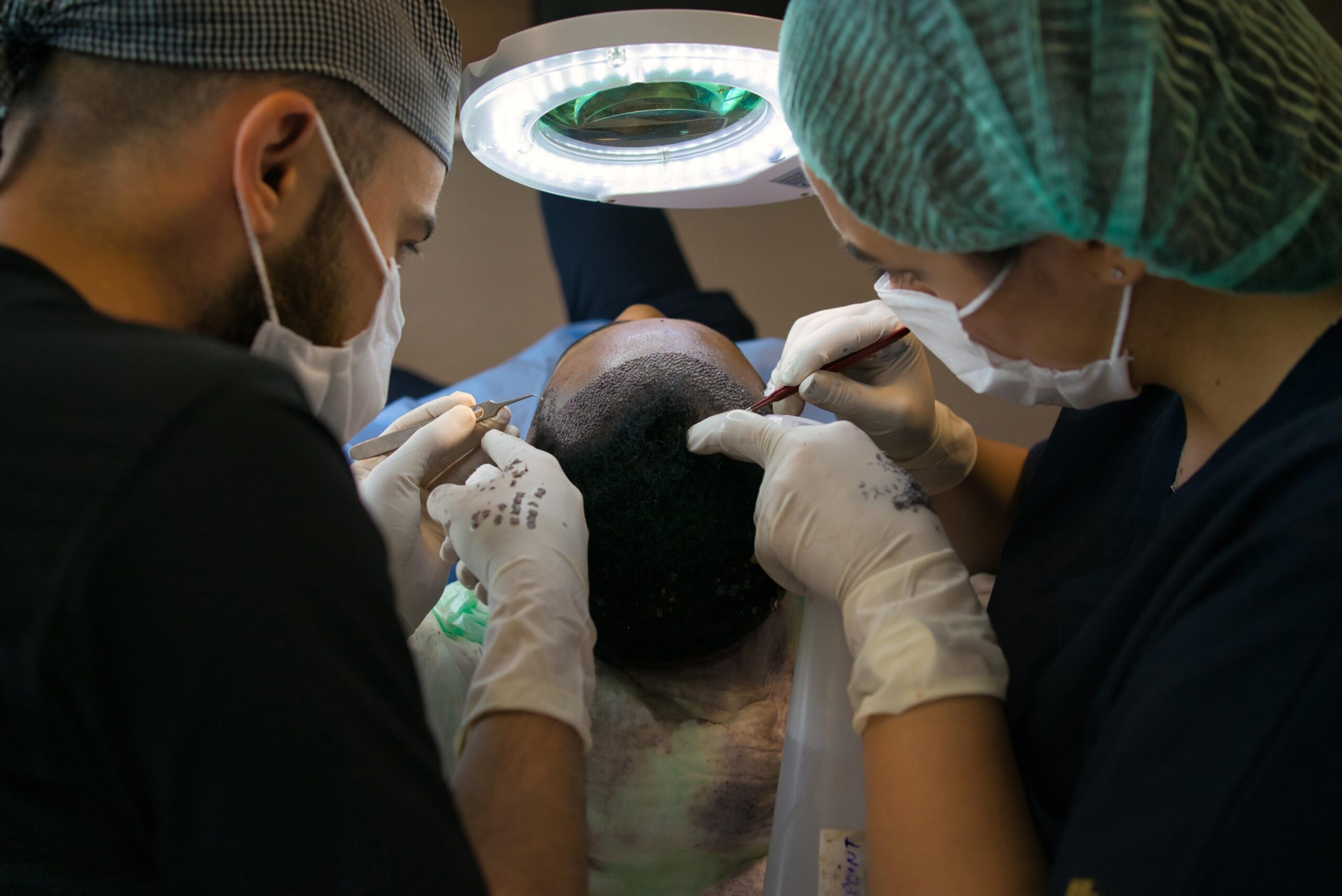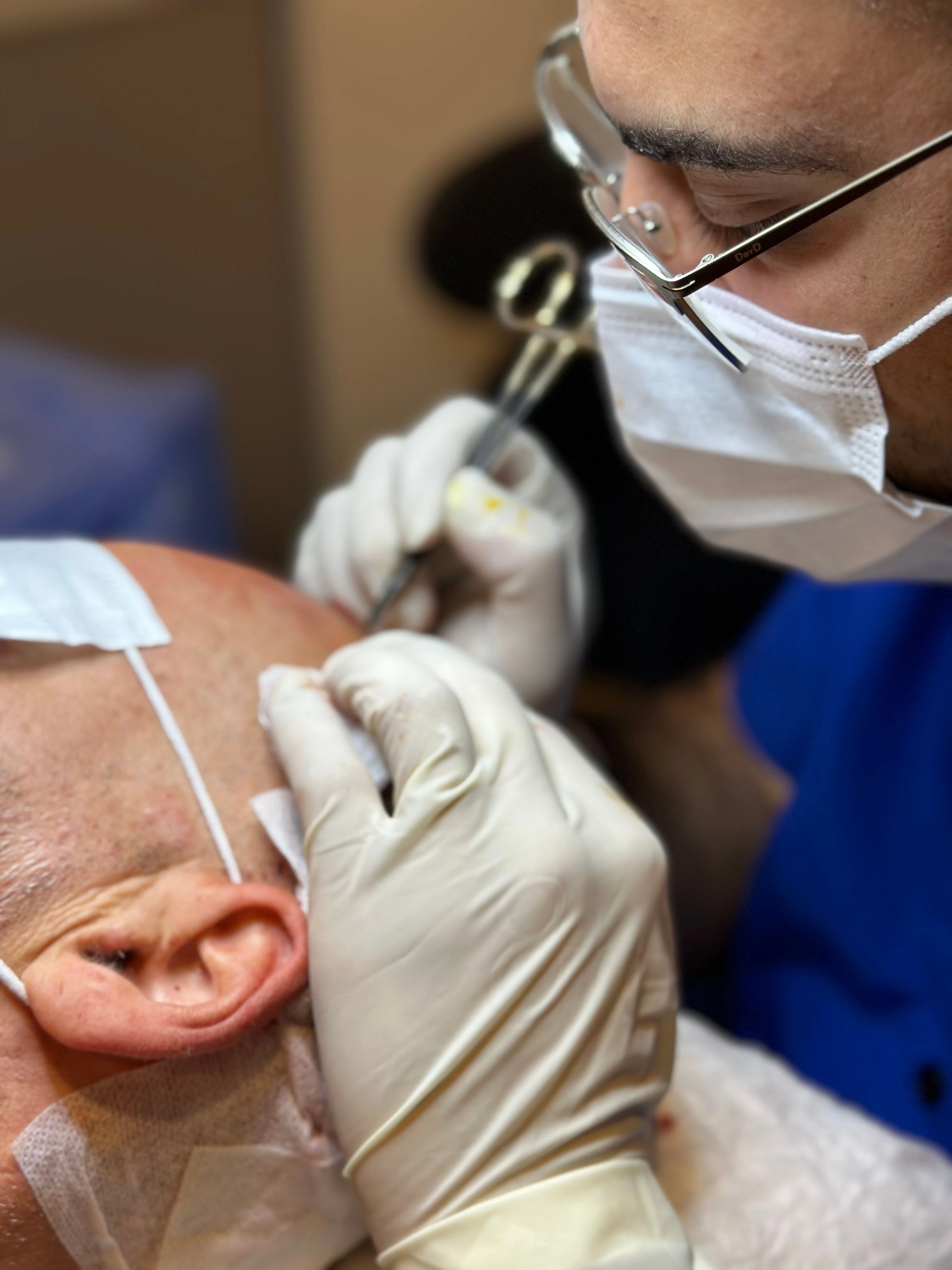Hair transplantation is a surgical procedure in which new hair is transplanted to areas where hair has become thin or has fallen out. This procedure is a popular choice for men and women whose aesthetic appearance has been affected by hair loss. It provides a permanent solution, and when done correctly, the results are quite satisfactory.
Hair transplantation is typically performed using two methods: Follicular Unit Extraction (FUE) and Follicular Unit Transplantation (FUT). The FUE method involves the individual removal of hair follicles and their placement in the area where they will be transplanted. This method is less invasive and requires a shorter recovery time. The FUT method involves taking a strip of skin and removing hair follicles from the strip for transplantation. This method is more invasive and requires a longer recovery time.
The hair transplantation procedure is usually performed under local anesthesia, and the patient is not put to sleep during the procedure. The procedure can take several hours and may require multiple sessions. After the procedure, there may be some mild swelling and discomfort in the area, and the patient may need to rest for a few days.
Hair transplantation is a popular choice due to the permanence of the results and the natural appearance it provides. However, it requires careful post-operative care and attention. The patient should not wash their hair for a certain period after the procedure and should be careful to avoid skin infections in the area. Additionally, the cost of the procedure can vary depending on the size of the area being transplanted and the hair transplantation method being used.
In conclusion, hair transplantation can provide a permanent solution for patients experiencing hair loss. However, it must be carefully managed before and after the procedure. Patients who want to learn more about hair transplantation should speak with a dermatologist or hair transplantation specialist.



